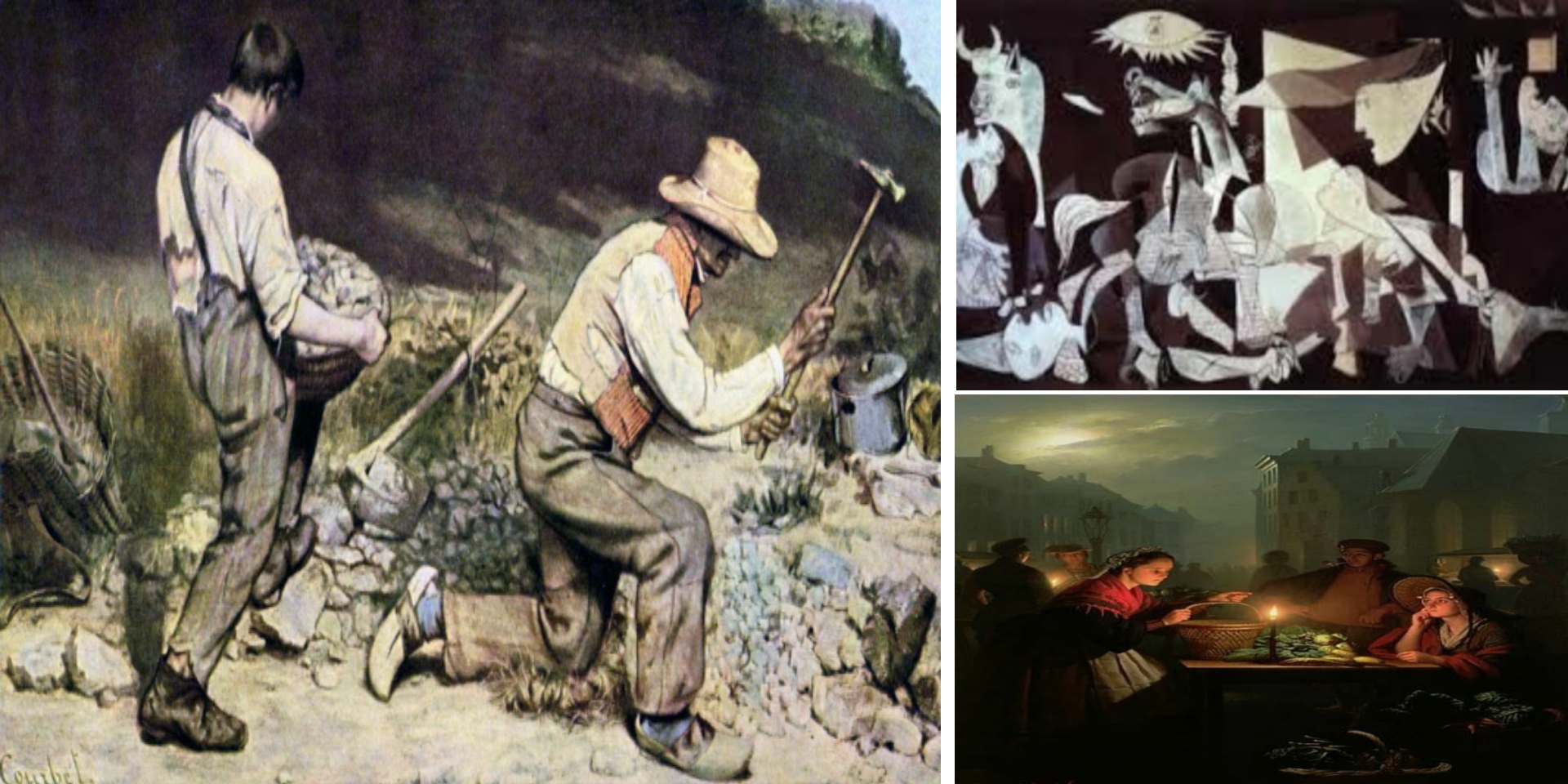The artist Petrus van Schendel excelled in painting markets illuminated by lanterns. He was able to combine the dramatic monotony of daily life and the activities of the public in the evening, and the magic of color and the shades of light derived from a candle, lantern, or the reflection of moonlight in the sky, to complete the grandeur and exceptionality of his paintings to the extent that they were able to leave a profound romantic impact on the psyche of the recipient. Despite the framed scenes of night markets full of movement and vitality.
It became an artistic phenomenon that influenced the Romantic era in the nineteenth century with a tremendous artistic ability to provide a realistic and convincing impression of night market scenes. The images are vivid of vegetables, fruits, fish, buildings, buildings, streets, and women doing the act of buying or selling in front of a light source that defines the foundations of the painting and who was able to be a star due to his proximity. Of light, and its last faint color shades showed the charm of light and darkness.
An artistic analysis of one of Van Schendel’s paintings stated: “It shows a group of women carrying baskets and telling the seller about the prices, while the candle light highlights the details of a woman sitting on the far left, and the background of the painting shows the buildings near the market… They said that it is part of the old city hall, in addition to A church tower…its surroundings were used at that time as a meat market.”
The dazzling view of the sky and the huge buildings that dominate the place made the painter a great star if we compare the faces, walls, products of the market and the source of light on the one hand, and the living and realistic embodiment of the details of the market, which some critics considered to be like an archive and a documentary record about the nature of the city of Amsterdam and its buildings in the nineteenth century. .
A color image, like a word, can have an important impact on the life of an individual and society. An immediate impact and an impact that lasts in the future, which can be invested and is even important to invest.
As for the great Picasso, with premeditation and a humanitarian goal, far from politics, he was thinking of creating an artistic work that embodies the atrocities of war in Spain, including death and destruction. Guernica was the small village that was subjected to a massacre that aroused world public opinion on that day.
A painting that represented Spain in the Paris exhibition, depicting a void scattered with corpses and torn body parts, a horse in the middle, a bull on top, and on the floor were dismembered limbs holding a rose and a broken sword, and at the top there was another hand holding a lamp to shed light on the dismembered body parts and the details of the war, including blood and death.
In his painting, Picasso did not point any finger at anyone and did not draw the source of death and destruction. There were no planes or tanks, and his focus was only on the victims.
Despite the varying and contradictory opinions about the painting, “Guernica” was able to be an icon of peace and peace, and a living testimony documenting the misery and destruction resulting from wars. It was practical evidence of the idea of the image and its actual effects on people and opinions, and of the ability of art to turn the tables and change stereotypical concepts, as happened with the French realist painters Gustave Courbet and Jean-François Millet, who presented two murals in Paris in 1850. The two murals (The Stonebreakers) and (The Sower) focused on highlighting They shed light on the life of the poor working class and sparked a revolution in the visual arts at that time, including paintings of slender, white bodies with the highest standards of beauty.
The two murals aroused the ire of critics who supported academic art, and they rejected the idea of allocating large spaces to convey the reality of unimportant people. While many painters adopted the theory that the function of art is to express societal issues, even if these paintings disturb the wealthy classes.
And between (The Vegetable Market by Candlelight, Christ’s Broken Bread, Guernica, The Stonebreakers, and the Sower) and other paintings that left a great impact on the academies of arts and public taste, and between the aesthetics of the image and the function of art was the ultimate goal of the arts that imitate life.
Wisal Salloum, Tishreen

